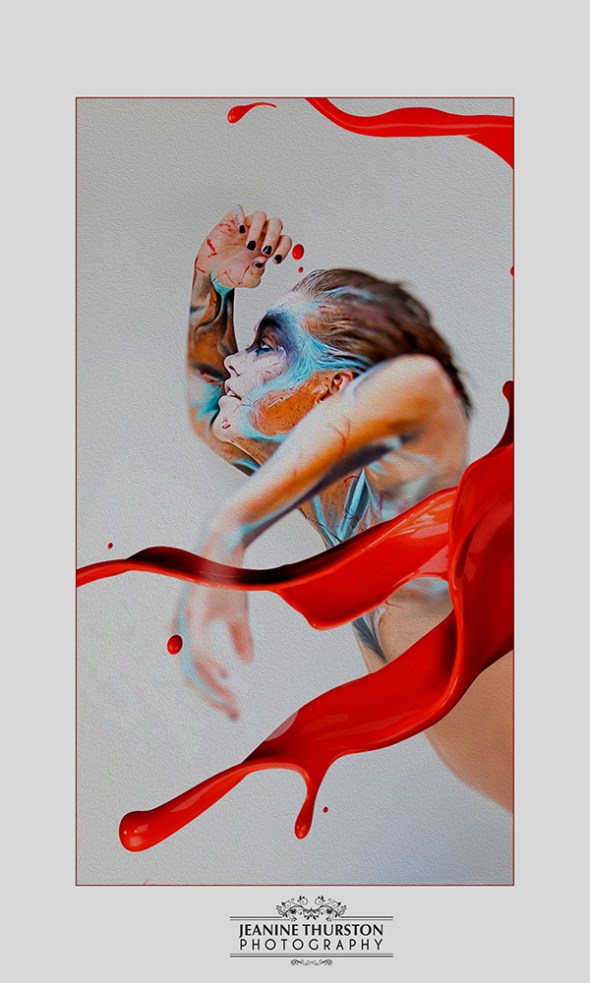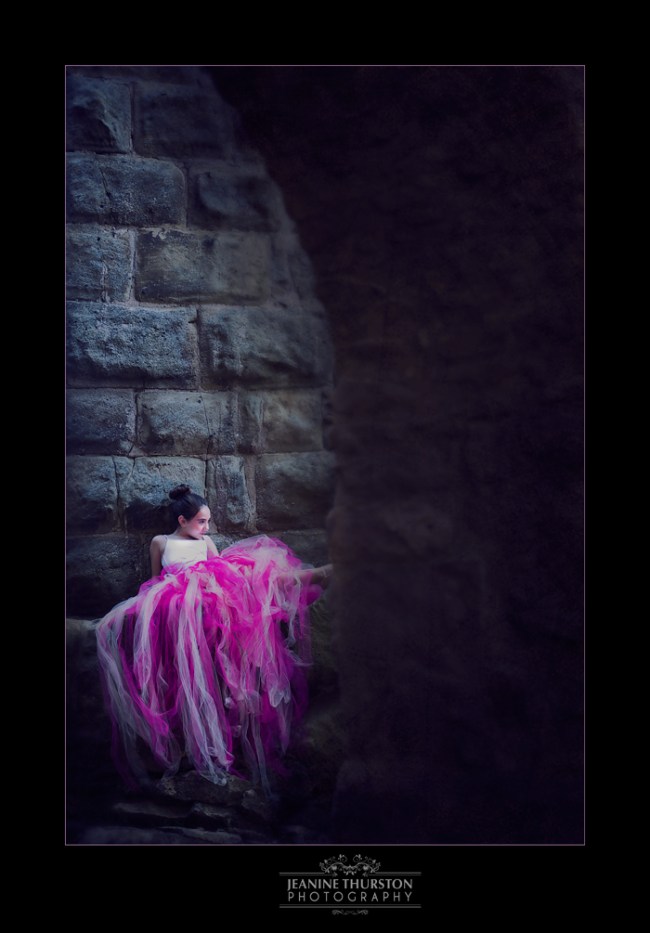Month: May 2013
The importance of play.
We all grow and lean at different paces and in different ways. As many classes, speakers, and online learning options as there are, I still hold fast that the best form of growth is in play. Always picture you are inside a bubble and the more you grow (learn) the tighter the bubble gets. It can feel confining, uncomfortable – or if you stay really still you can cope and live in that position for long lengths of time. Now pop a hole in that bubble and you have an “escape” to work outside the bubble. The bubble is still there with your “core” of what gets the job done, but you are on the outside growing and expanding without restrictions.
See outside the bubble is your play-yard. It is where you have no limits. People can’t tell you what is right or wrong with your work – outside the bubble it is all you. The thing is everything you learn when you are outside that bubble that works then gets stashed back in the bubble. You keep growing and trying to things and all along the bubble grows with you, but never around you. It is a freeing place to be.
So play, play hard, and make your play work for you. It’s fun, it allows you to learn things, and best of all it will make your photography your own and not a copy of someone else’s photography. Be yourself…. live outside the bubble and have fun!
Amazing make-up skills by the one and only Jill Scott.
Beautiful canvas: Jordan Chappell
Castle stop: Lichtenberg Castle – Germany
A favorite location for many of my sessions during my trip to Germany was Lichtenberg Castle. It is amazing structure that has a huge history and is currently inhabited by masses of lizards. It made a beautiful backdrop for much of my ballerina sessions!
Lichtenberg Castle (German: Burg Lichtenberg) has a length of 425m and is the biggest castle ruin in Germany. It is located near Thallichtenberg in the district of Kusel in Rhineland-Palatinate.
[edit]History
The castle was built around 1200 and was owned until 1444 by the counts of Veldenz; after which it fell into the ownership of the new dukedom of Palatinate-Zweibrücken. Under the new rule, Lichtenberg Castle became the administrative seat of Zweibrücken until the move of the administration to Kusel in 1758. The castle remained under the duchy until the dissolution of the Duchy of Zweibrücken in 1792.
The part of Germany west of the Rhine river was occupied by French Revolution troops in 1792, and in 1795, the French dissolved the old borders and created new administrative districts, placing Lichtenberg Castle in the Saar Department. The town of Kusel was burnt down by French revolution troops in 1794. Lichtenberg Castle was plundered numerous times during the ensuing chaos that came with the French occupation, and in 1799, a fire caused by the castle’s inhabitants destroyed much of the castle.
With the defeat of French Emperor Napoleon Bonaparte and the subsequent withdrawal of French troops from Germany, in 1816 the area west of the Rhine was given to the Duke of Saxony-Coburg-Gotha and became the Princedom of Lichtenberg. However, this rule was short-lived, and in 1834 the princedom was sold to Prussia. Lichtenberg Castle fell into disrepair and ruin until, in 1895, the whole castle complex was placed under historical monument protection. At the end of the second World War the Prussian government fell, and in 1945 the district of Birkenfeld, in which Lichtenberg Castle lay, became a part of the new state of Rhineland-Palatinate.
In 1971 the castle was turned over from Rhineland-Palatinate to the district of Kusel, and restoration work began. Some of the restorations include the reconstruction of the tithe barn and the repair and roofing of the mountain keep.















